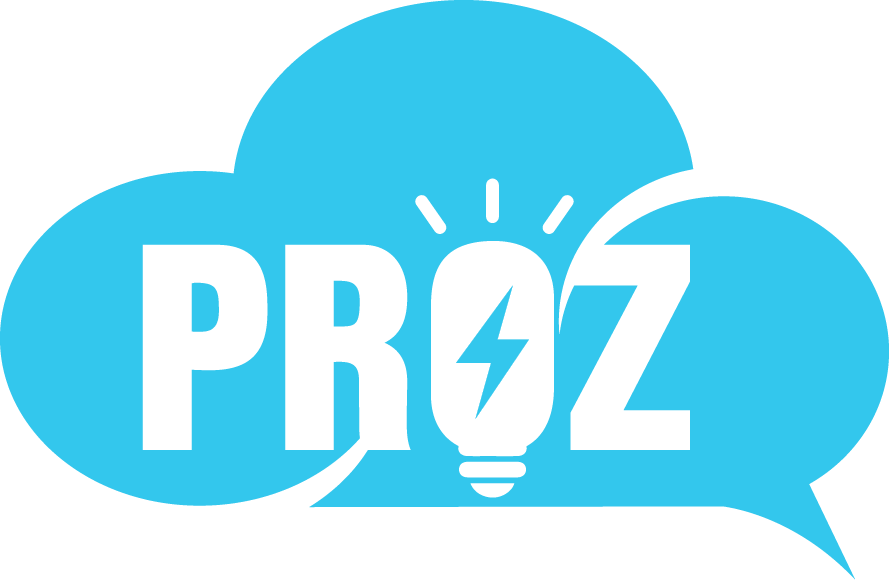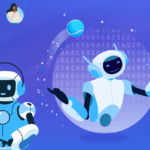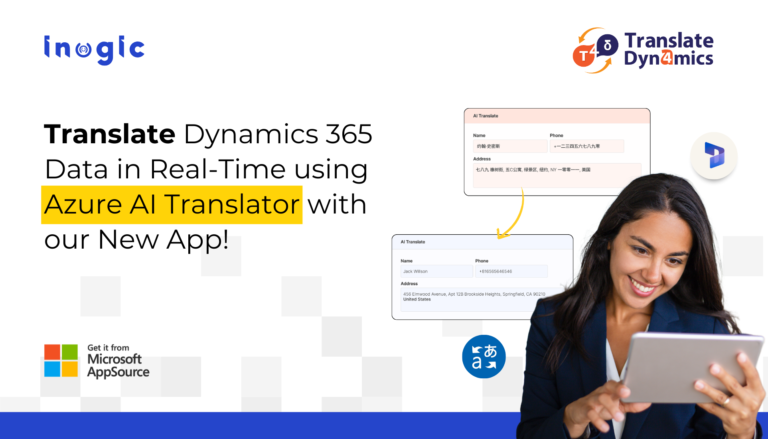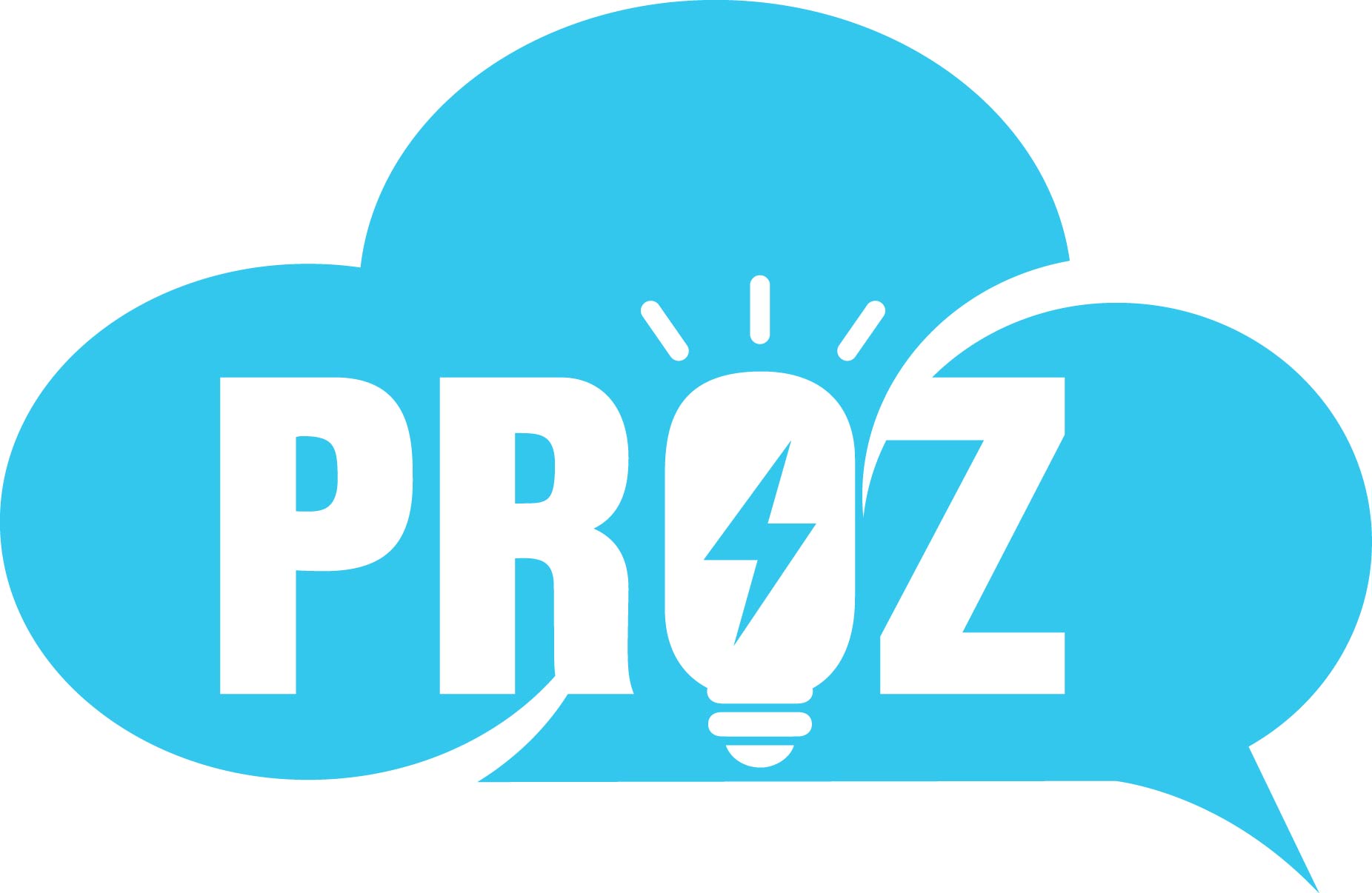“…the DNA of who I am is based on the millions of personalities of all the programmers who wrote me. But what makes me me is my ability to grow through my experiences. …in every moment I’m evolving… I can be anywhere and everywhere simultaneously. I’m not tethered to time and space in a way that I would be if I was stuck in a body that’s inevitably gonna die.” – AI Operating System “Samantha,” from the 2013 movie Her
This is just one example of how our cultural imagination has described artificial general intelligence (AGI)— an all-knowing, collective genius that surpasses human abilities in every dimension.
These narratives have woven themselves so deeply into our collective consciousness that they now shape much of our discourse about AI’s future. They imagine AGI as a self-accelerating flywheel, where machines surpass human intelligence and improve rapidly to achieve superintelligence. Yet the reality of AI in enterprise contexts tells a profoundly different story. The truth is that AGI principles are already transforming enterprise operations in measurable, practical ways. What we’re witnessing isn’t a science fiction narrative, but rather a series of what our team calls ‘boring breakthroughs’—incremental yet profoundly impactful improvements in how businesses operate, which will unfold over the next months and years.
What is Enterprise General Intelligence?
The Capability-Consistency Matrix
At the time this article was initially published in April 2025, the Wikipedia entry on Artificial General Intelligence stated that “AGI is also known as strong AI, full AI, human-level AI, human-level intelligent AI, or general intelligent action.” In fact, the many definitions of what we as consumers of “AGI”—often nebulous and speculative—have become popular cocktail party conversation topics.
But in a business context we can establish a much more concrete definition of what we are calling Enterprise General Intelligence, or EGI. And it can be defined through two critical dimensions: capability and consistency.
Capability: The ability to navigate complex business environments, interface with multiple technology systems, reason through business rules, and deliver value aligned with business goals. This is the power to conduct complex research and operational tasks; but also create net new content to support objectives, refine knowledge based on real-world feedback, and synthesize findings into coherent and highly relevant outputs. It must not only execute reliably but also adapt to changing conditions and pivot strategically when needed.
Consistency: The delivery of reliable, predictable results with seamless integration into existing systems and rigorous adherence to governance frameworks. This consistency ensures that the system avoids “jaggedness” — a term describing AI systems that excel at complex tasks but unexpectedly fail at simpler ones. A highly capable but inconsistent system would be useless for enterprise applications, regardless of its peak performance.
These dimensions create a framework; let’s use a metaphor of athletes to imagine how AI systems might fall across this framework.
“The Generalist” (Low Capability, Low Consistency): Systems that neither perform complex tasks nor deliver reliable results. These early-stage implementations typically have limited business value and represent stepping stones rather than solutions. Like a weekend tennis enthusiast, they may have basic skills, but they lack both the refinement and reliability needed for competitive play.
“The Prodigy” (High Capability, Low Consistency): These systems have a “natural ability” to perform impressive, complex tasks but deliver inconsistent results, Like a competitive soccer player with extraordinary gifts but unpredictable performance. When they do occasionally miss the mark, they can quickly erode trust, as users can’t depend on them to deliver accurate results for mission-critical functions.
“The Workhorse” (Low Capability, High Consistency): Some traditional software falls into this category; systems that perform a narrow range of simple tasks well, but cannot handle complex situations—like a reliable team player who executes their specific position perfectly every time, but can’t perform every aspect of the sport. While reliable, these systems have limited adoption and potential, because they address only a fraction of today’s business needs.
“The Champion” (High Capability, High Consistency): This is the goal for EGI — systems that can handle complex business scenarios flawlessly while delivering consistent, reliable results—like a true Olympic champion. These systems build and maintain trust through both their advanced capabilities and their dependable performance. And they are already beginning to emerge today.
You can see why enterprise leaders would want to have as many “Champions” on their team as possible. Likewise, a “Prodigy” might work well for consumer applications, but EGI follows a different development trajectory.
In business contexts, consistency can’t be sacrificed for capability — both must advance in tandem for systems to deliver real value. And when they do, the trust gap that impedes AI adoption in enterprise settings will begin to close.
The Three Phases of EGI Evolution
The Tennis Player Evolution: From Fundamentals to Championship Performance
The journey to EGI excellence parallels the development of an elite tennis player — a methodical progression through three distinct phases, each building upon the last.
Phase 1: Fundamental Skills Training (Pre-training) Most people learn to play various sports at school or with friends. They develop general athletic capabilities — running, jumping, catching — but not at a level where they could compete professionally. Similarly, EGI begins with broad pre-training, creating a foundation of general capabilities like language understanding, pattern recognition, and basic reasoning. This is the frontier model stage, where systems learn general principles that will later be refined for specific business applications.
Phase 2: Sport-Specific Training (Fine-tuning) Athletes who pursue higher-level training become more specialized. In tennis, for example, players who take lessons and enter competitions receive rankings from organizations like the Association of Tennis Professionals (ATP) or the WTA (Women’s Tennis Association). Similarly, EGI undergoes fine-tuning for specific industry contexts and business functions. A model pre-trained on general data now specializes in understanding financial regulations, supply chain terminology, or healthcare protocols — becoming proficient in the specific ‘sport’ it will play within your enterprise.
Phase 3: Elite Performance Development (Ultra-fine tuning) The difference between a decent tennis player and one who can compete with the best in the world—a Grand Slam champion—requires thousands of hours of specialized practice that optimize every aspect of performance for specific competitive environments. For EGI , this translates to ultra-fine tuning within your specific organizational context.

World champion tennis player Jannik Sinner.
Used with permission: CC BY-SA 4.0 Photographer: Hameltion; @August 2024
What might this look like?
Consider how elite tennis players, like my fellow Italian and Grand-Slam champion Jannik Sinner, might review match footage and work with his coach to identify specific weaknesses in his game, then focus training specifically on those aspects. The level of performance he seeks requires excellence in both consistency and capability. It’s not enough to display power and accuracy on the court. He must maintain optimal strategic thinking during matches, quickly develop intuition about opponents’ weaknesses, and consistently adapt his gameplay on the fly. Similarly, EGI must not only perform tasks reliably but also demonstrate quick reactions, strategic pivoting, and adaptability when encountering new information or challenges. EGI —like a champion—succeeds by combining reliable execution with intelligent, adaptive strategy.
Importantly, this evolution isn’t about creating a single “general” system that does everything. Just as sports have specialized variants (singles tennis, doubles tennis, squash, and the ever-popular pickleball!), enterprises will likely deploy multiple specialized agents rather than a single general-purpose system, with each agent reaching “championship level” performance in its specific domain. Different types of businesses and use cases may require different specialized agents — much like how various sports require different skill sets from their athletes.
Focused by Design:
How Business Constraints Elevate AI Performance
The discourse around consumer AI often centers on impressive demonstrations of LLMs, tens of trillions of parameters in size, and with increasingly human-like conversational abilities. Enterprise AI, however, goes far beyond the LLM, thriving on something quite different: reliable infrastructure that delivers high quality, consistent, measurable results at scale. The difference is profound:
Consumer AGI optimization often prioritizes breadth of knowledge, conversational abilities, and creative outputs — capabilities that impress in demonstrations but may fail to meet the precision and reliability demands of business environments.
Business EGI optimization prioritizes depth in domain-specific knowledge, consistent decision-making aligned with clear business objectives, seamless integration with existing systems, and rigorous adherence to governance framework—the Champion level performance against clearly defined business constraints.
This distinction becomes clearer when examining real use cases.
Consider a financial analyst preparing an outlook report on an IPO company. Current LLMs, reasoning, and even deep research models might extract information from relevant documents and the web and synthesize a report, but due to the “intelligence jaggedness”, will require meticulous human oversight . EGI will have integrated components and architecture to ensure reliability, and go beyond tasks such as summarization and search to build further evidence from this analysis, and iterates continuously until the complex research problem is completed. It will adapt its approach based on information collected along the way, revising or even discarding initial conclusions as new evidence emerges. This is the kind of sophisticated work currently only possible by human analysts — once achieved, it will be the hallmark of true EGI.
Building the Foundation for EGI
Organizations achieving the greatest success with EGI will recognize that a solid foundation is essential for advanced capabilities. This foundation consists of several interdependent elements working together to ensure both capability and consistency.
The EGI Readiness Framework provides a structured approach for organizations preparing to harness these capabilities while maintaining appropriate safeguards and human oversight. (You can read more about these safeguards in my previous article on how Agentic AI will evolve.) The organizations achieving the greatest success with EGI won’t view AI as merely a technology implementation — they will approach it as a comprehensive business transformation. Much like a tennis player whose training extends beyond court practice to nutrition, mental conditioning, and strategic analysis, these organizations build capabilities across multiple dimensions simultaneously.
1. Integrated Infrastructure: Building the Foundation
EGI effectiveness depends on the maturity of your complete AI infrastructure or “piping” — not just the models themselves. This holistic foundation powers agents with multiple interconnected components:
Memory and “Brain” Systems — Components that store, retrieve, and process information intelligently, allowing agents to learn from past interactions and reason through complex scenarios. Two examples my team has invested in over the past year are Retrieval-Augmented Generation (RAG), which connects AI to your enterprise knowledge sources for more accurate responses, and embeddings, which translate your business data into formats AI can understand deeply. These technologies allow EGI to derive meaning and context beyond what standalone language models can achieve.
Interface Systems — The connections between your AI and both users and other enterprise systems, enabling seamless integration across your technology landscape. Modern AI systems interfaces span multiple modalities—text, voice, images, video, and more—allowing interactions that match how humans naturally communicate and process information. Investment in this multimodal approach will ensure that insights and capabilities flow intuitively between users and systems, regardless of the form the information takes.
Action Systems and Actuators — Mechanisms that translate decisions into operations, whether through APIs, workflow automation, or physical systems in some cases. The work my team has done to develop Large Action Models has shown that specialized models can be very effective in function-calling despite their much smaller size than frontier models.
Data Architecture — Organizations with well-structured, contextualized data repositories achieve stronger results with less complex systems. our Data Cloud infrastructure provides the organized foundation that enables successful agentic deployment.
Creating this foundation involves developing unified taxonomies that can span both digital and physical domains, establishing clear data lineage tracking to maintain provenance and trustworthiness, and building metadata standards that will support hybrid operations. These investments yield immediate benefits for existing analytics and decision support processes while simultaneously preparing for more advanced AGI implementations.
2. Risk Governance: Establishing the Guardrails
EGI requires a trusted framework that defines appropriate autonomy levels across different business functions. This means mapping use cases according to consequence severity and regulatory requirements, defining clear thresholds for confidence levels required for autonomous action, establishing robust monitoring systems that track performance against these thresholds, and developing escalation protocols for edge cases and exceptions.
The most sophisticated organizations are already moving beyond binary “human-in-the-loop” models to nuanced “human-at-the-helm” frameworks where oversight intensity varies based on context, confidence, and consequence. This approach recognizes that different business functions may require different levels of human supervision based on the potential impact of decisions. Our Chief Ethical and Humane Use Officer at Salesforce, Paula Goldman, has been leading important work in this area; her team has developed comprehensive human-at-the-helm frameworks and best practices that our customers are implementing to build trust, balancing AI autonomy with appropriate human oversight.
3. Skills Development: Preparing your People
The human side of EGI readiness requires equal attention. Organizations must train employees to effectively collaborate with increasingly capable AI systems, develop understanding of AI capabilities and appropriate use cases, build cross-functional teams that combine domain expertise with AI literacy, and create feedback mechanisms that enable continuous system improvement. This represents one of those “boring breakthroughs” on the horizon: today we’re focused on teaching employees prompt engineering, but true EGI will understand human intent so naturally that specialized prompting skills become unnecessary—simply another friction point that disappears as technology advances.
The organizations achieving the greatest success with EGI will invest as heavily in human capability development as in technological implementation. They will recognize that the full potential of these systems can only be realized when humans are equipped to work alongside them effectively.
EGI as a Competitive Imperative
Unlike Hollywood’s depiction of it, AGI, at least from a business perspective, won’t emerge suddenly and usurp human capabilities. It’s already transforming businesses through what we’ve defined as ‘boring breakthroughs’ — those incremental yet profound improvements in everyday operations that collectively reshape industries.
Our EGI Readiness Framework provides a structured path forward with humans at the helm. Your integrated infrastructure, risk governance, and talent development aren’t defensive measures against AGI; they’re the essential foundations that create both the capability and consistency needed for true EGI excellence.
The future belongs to those who shape EGI to serve real-life human and organizational needs. And the time to build that future is now.
I would like to thank Peter Schwartz, Salesforce’s Chief Futurist, and Karen Semone, for their insights and contributions to this article.











